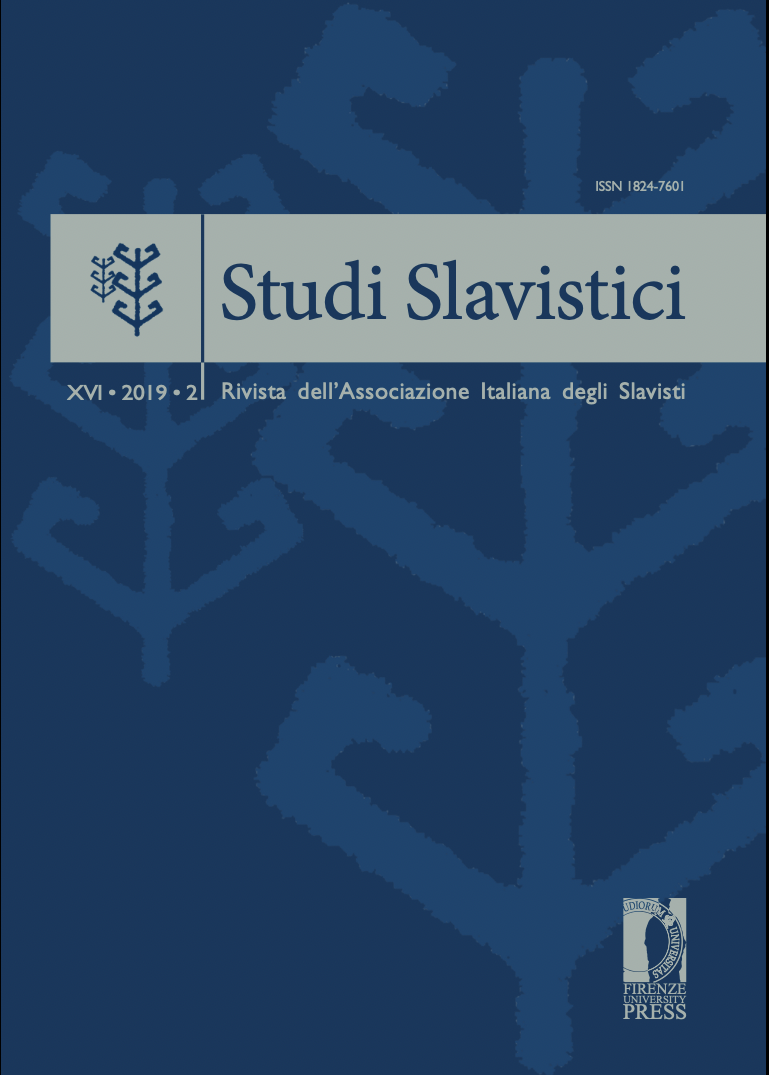Abstract
Problems of the Lexical Analysis from the Point of View of Language TeachingWith the introduction of the subject .Language and translation., the new university regulations have created the opportunity to deal with a topic which had not found yet its proper place in the study of linguistics: the question of differences in the organisation of the lexical fields between the student’s mother tongue and the language he is learning. Analysing the difficulties for both the learners who are native speakers of Slavic languages and the Italian Slavists created by the incomplete isomorphism in the structuring of the single semantic-lexical fields between the Slavic languages and Italian, we have tried to trace some general tendencies in the organisation of the lexicon. We concentrate on the greater inclination of the Slavic languages to resort to specific terms whereas Italian turns to the centre of the semantic field. We also analyse the distinction, typical of the Slavic languages (and for the most part grammaticalized), between a steady characteristic of the determinated on the one hand, and its transitory states or behavioural trait on the other, while the same opposition in Italian is expressed mostly by the verb tense. We could wonder whether this tendency that differentiates the Slavic languages from Italian might be explained by the presence of the verbal aspect, that is to say, the opposition between state and change has been grammaticalized. In order to illustrate this question we want to face in the language teaching field, we have chosen the semantic-lexical field of the dimensions in certain Slavic languages in comparison with Italian.


